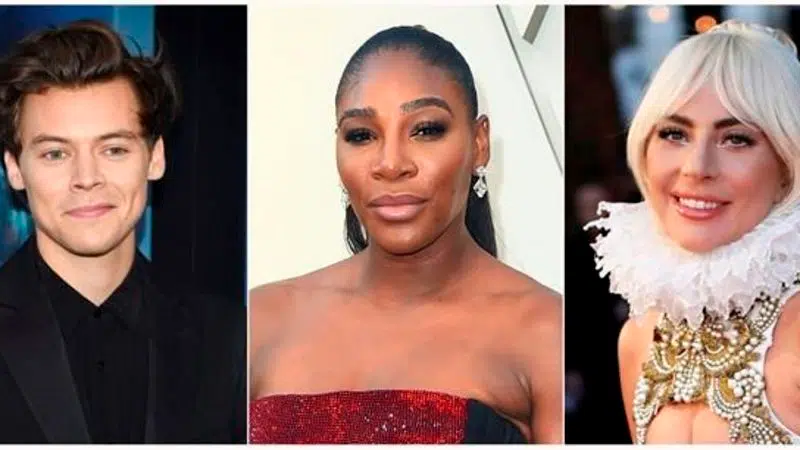
Bring on the camp: Met Gala exhibit explores camp in fashion
NEW YORK — Louis XIV and Oscar Wilde, meet Bjork and Lady Gaga.
What quality do they share, across the centuries? An innate sense of camp — the esthetic that’s being celebrated in the new fashion mega-exhibit at the Metropolitan Museum of Art’s Costume Institute, “Camp: Notes on Fashion.”
Think Bjork’s famous 2001 “swan dress,” which is in the show, and Gaga’s unforgettable 2010 raw meat dress, which isn’t (it was real meat, after all.) But lest you think camp is only artifice and theatricality, flamboyance and a desire to shock, Met curator Andrew Bolton wants you to think again.


